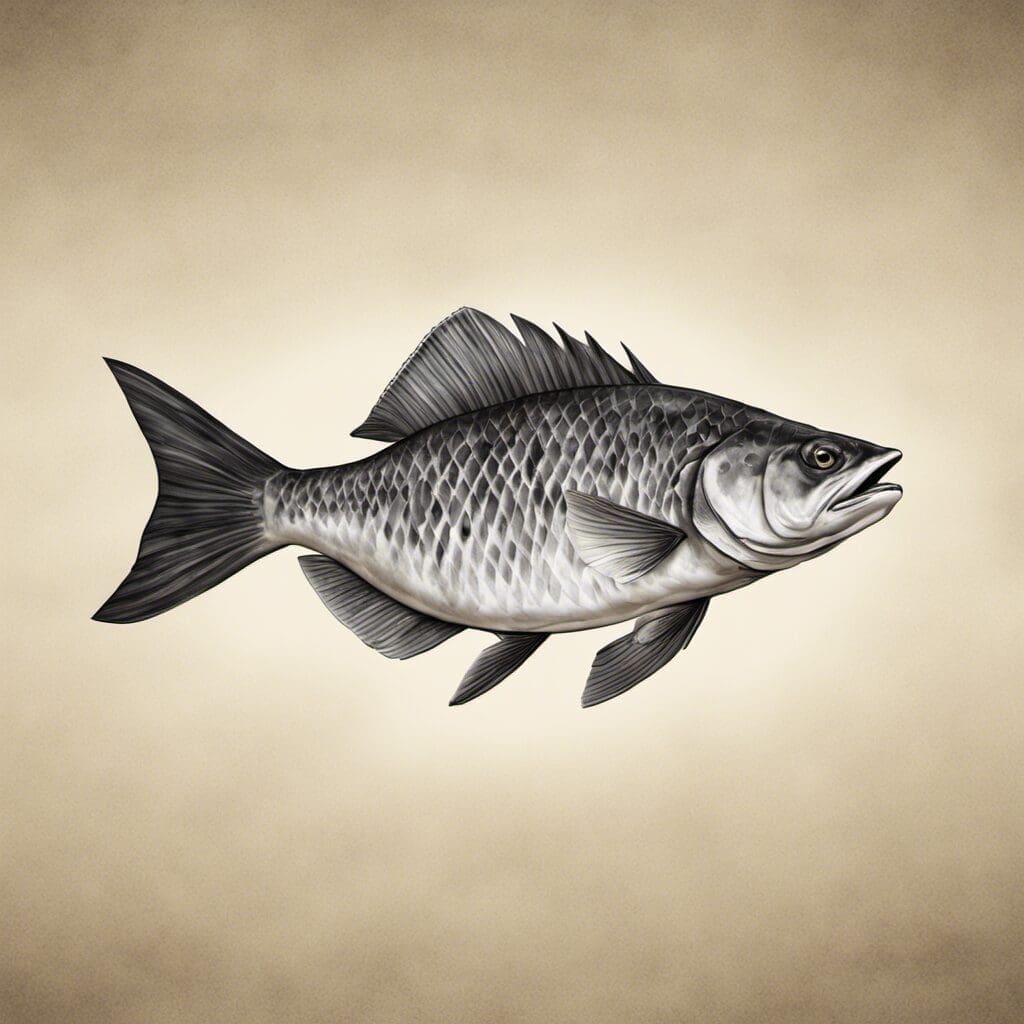Introduction
The Mexican Mojarra, also known scientifically as ’Gerres mexicanus’, is a fishing species that belongs to the Gerreidae family. A subtropical fish, it is widely popular and plentiful in various regions across the globe.
Conservation Status
These species are not at immediate threat of extinction. Conservation efforts towards the Mexican Mojarra include sustainable catch guidelines and habitat preservation initiatives.
Statistics
| Feature | Average | Range |
|---|---|---|
| Length | 10 inches | Up to 13 inches |
| Weight | 1.5 lb | 1-2 lb |
| Lifespan | 10 years | 7-14 years |
Distribution
This species is commonly found in the coastal waters of Mexico, hence the name, but its migration patterns allow it to cover a wider geographical span that includes Central America and the USA.
Habitats
They are found in coastal and brackish waters, ranging in depth from shallow waters to down to 30 meters. Their versatile nature makes them resilient to varying temperatures, although they are a warm-water species.
When and Where to See
- Seasonal patterns: They are found year-round in warmer climates.
- Time of day: They are most active during the morning and late afternoon hours.
Best Fishing Locations
- Gulf of Mexico
- Caribbean Sea
- Bahía de Banderas, Mexico
- Costa Rica’s Pacific Coast
- Jamaica’s Montego Bay
- Florida Keys, USA
General Tips
This species is often found in waters with vegetation or other forms of cover.
How to Catch
The Mexican Mojarra is not particularly picky and can be lured with small crustaceans or worms. They are often caught by bottom fishing, particularly near covers or vegetation. Their feeding peak occurs around sunrise and sunset.
Identification Guide
Mexican Mojarra are silvery with a blue-gray back and a deeply forked tail. A distinguishing characteristic is the mouth that extends into a long snout. They do not have any distinct markings.
Culinary
Mexican Mojarra is enjoyed grilled or fried with minimal seasoning to enjoy its natural flavors. It’s a lean source of protein with mild flavor and firm texture.
Additional Information
These are schooling fish, often found in large groups. Main threats include overfishing and loss of habitat due to coastal development. The Mexican Mojarra is locally significant as a staple food source and in local fishing economies.
References and Further Reading
Please refer to the following resources for additional information-
- Fishbase – Gerres mexicanus
For expert fishing tips and location recommendations, these books come highly recommended-
- ‘Fishes of the Gulf of Mexico’ by Dr. John D. McEachran
- ‘Saltwater Sport Fish of the Gulf Field Guide’ by Dave Bosanko

